Back to School 🎒
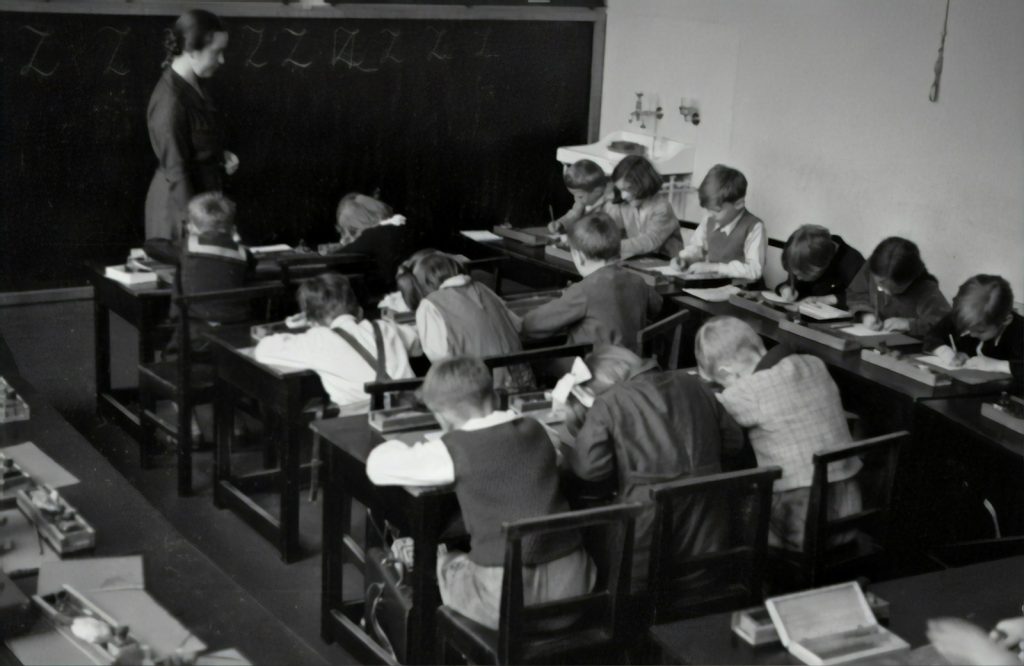
The start of school is the perfect time to introduce children to sustainable consumption. Second-hand shopping teaches responsibility, saves money and encourages creativity. Second-hand school supplies have stories and save money. Child-friendly events such as clothes swap parties are the perfect way to teach sustainability in a playful way and clear out at the same time.
Thrift Your Way to Home-Sweet-Home 🏠
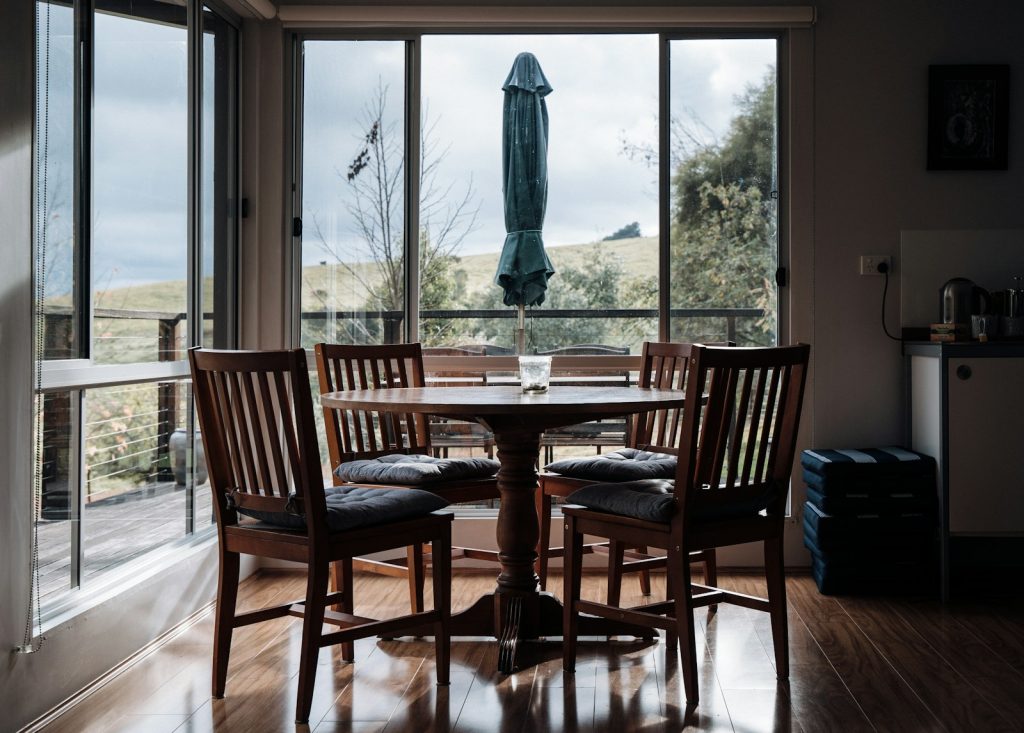
Second-hand furniture is making a real comeback! Almost anything can be upgraded with simple upcycling ideas. Simple DIY tips such as painting, changing handles and replacing details transform old pieces into modern eye-catchers. Discover unique vintage designer furniture with Faircado and partners like Deesup and give it a second life.
How Second-Hand is Redefining Luxury 💎
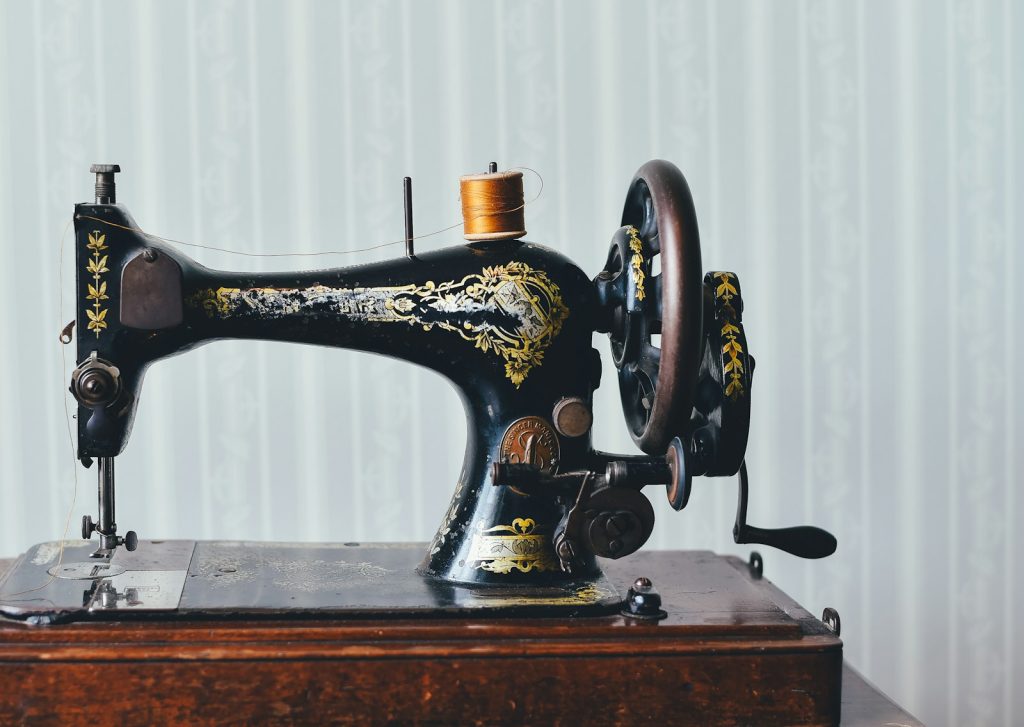
Second-hand is not only a trend, but is also increasingly becoming a luxury item. We’re not even talking about designer pieces and limited collections. These tips will teach you how to get the best price for yourself.
Embracing the Circular Economy: A Path to Sustainable Living
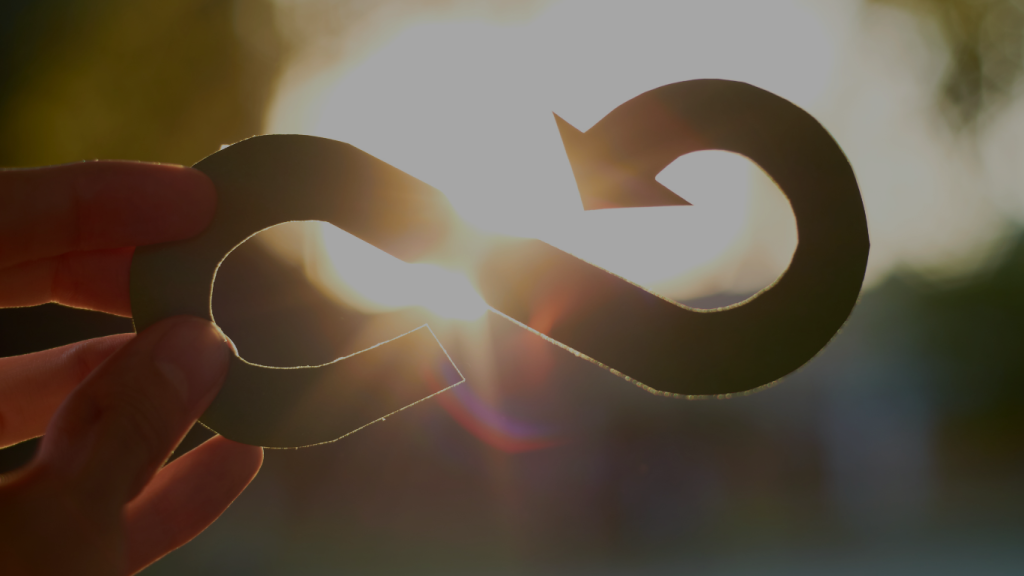
The linear “take-make-waste” model is failing our planet, but the circular economy offers a smarter way forward. By focusing on reuse, repair, and recycling, we can cut waste, conserve resources, and reduce pollution.
Understanding Cradle to Cradle: How “Waste” Becomes a Resource
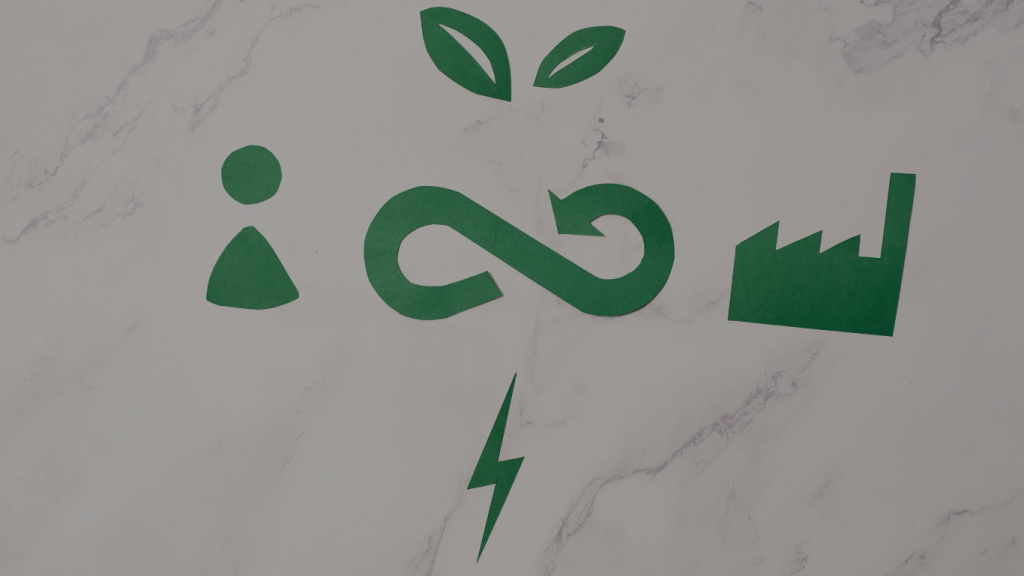
The Cradle to Cradle principle aims to design products in such a way that they are endlessly recyclable or biodegradable. Instead of producing waste, materials are kept in cycles. This concept revolutionises production, fashion and architecture and makes real sustainability possible.
Circular Economy for Beginners: 5 Simple Steps
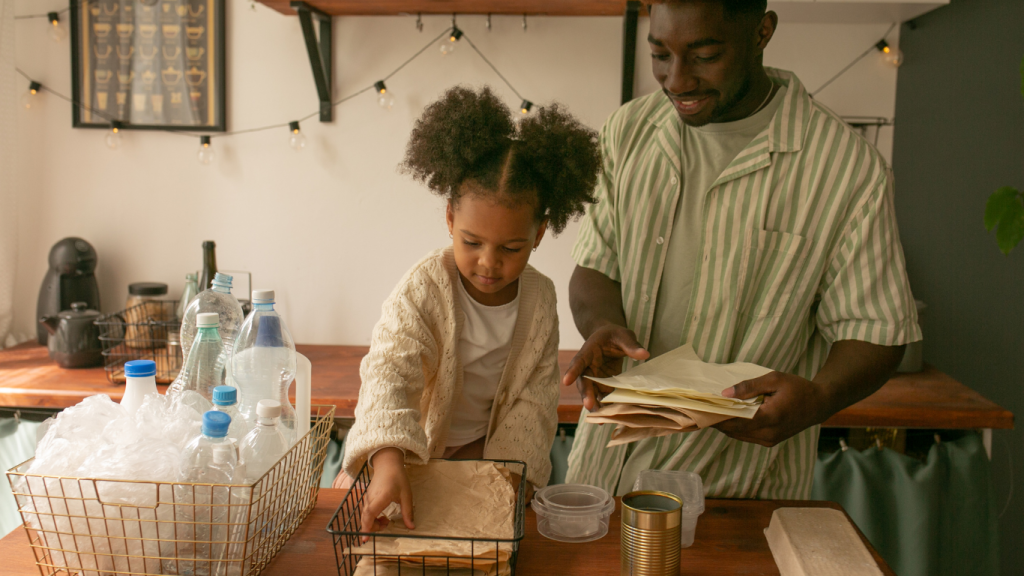
Everyone can contribute to the circular economy: buy less, use second-hand items, repair instead of throwing away and recycle. Even small changes such as sustainable packaging, conscious consumption and upcycling help to conserve resources and avoid waste. Sustainability doesn’t have to be complicated, it starts with simple steps in everyday life!
The Return of Repairing: Embracing Sustainability in the Circular Economy
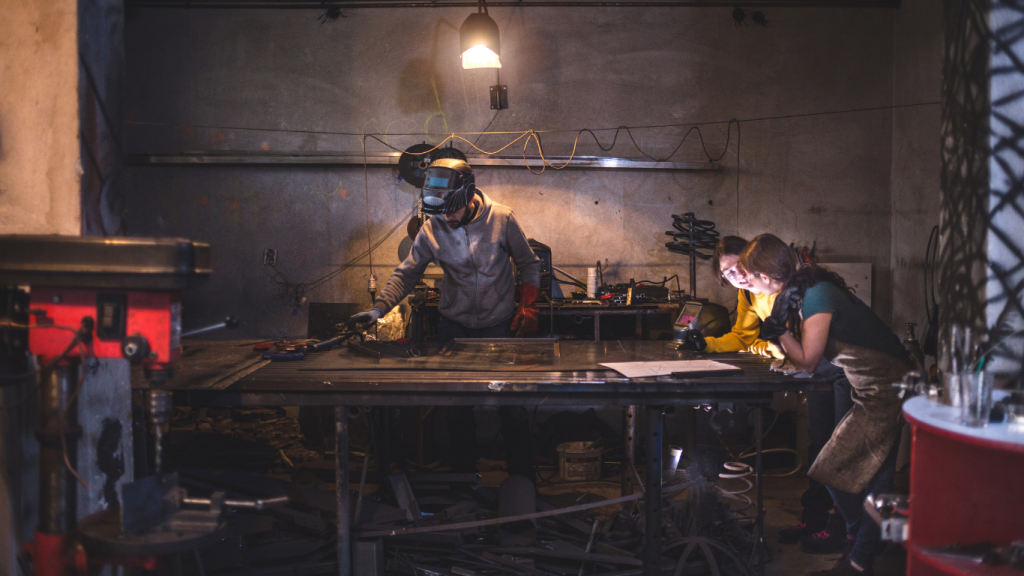
More and more people are opting for repairs instead of new purchases. Repair cafés and DIY tutorials promote sustainable consumption. Instead of throwing away defective products, repairing them extends their lifespan – saving money, conserving resources and making our economy more sustainable.
The Challenges of Transitioning to a Circular Economy
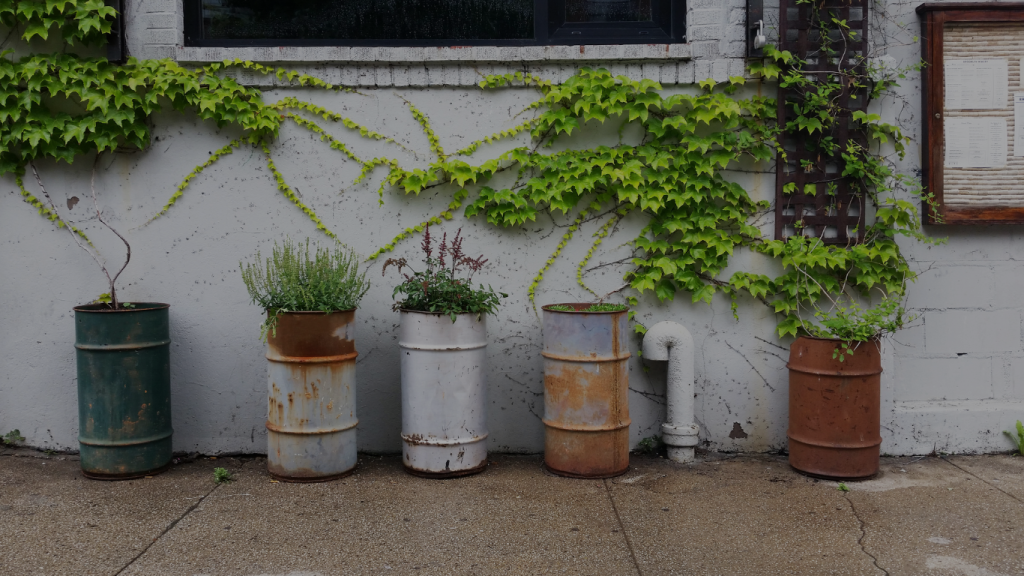
The circular economy is facing obstacles: A lack of infrastructure, high costs, a lack of legal incentives and a lack of awareness are slowing down change. Companies, politicians and consumers must work together to develop solutions to replace linear economic activity with sustainable cycles.
Unlocking the Circular Economy: A Business Opportunity
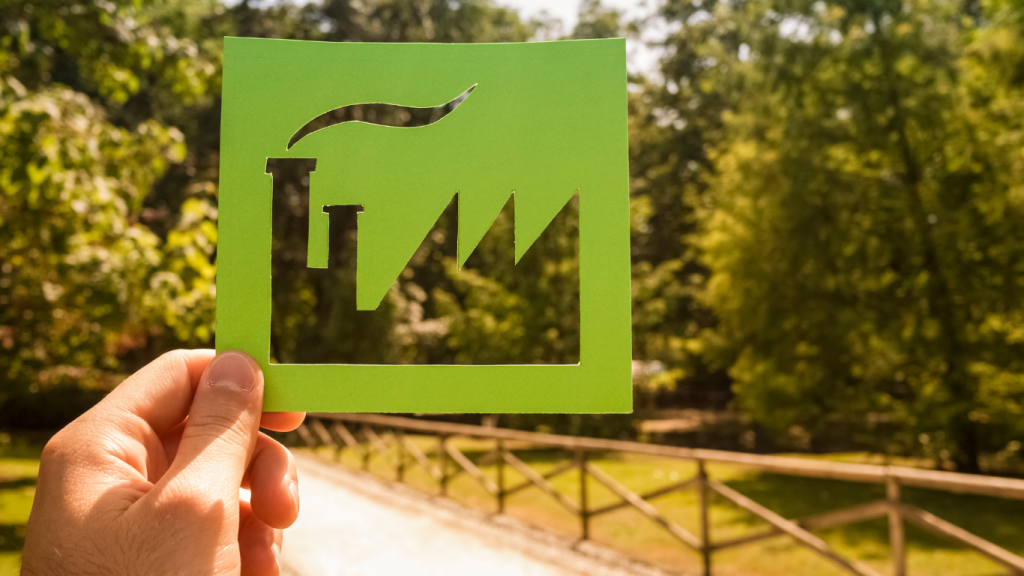
The circular economy offers tremendous potential for companies to increase resource efficiency and boost profits. There are various approaches, from product design to new business models and take-back systems, the opportunities are countless. The Path to a Sustainable Future For companies, the shift towards a circular economy requires a change in thinking across many areas. […]
The Power of Conscious Consumption in the Circular Economy

Every purchase is a choice—one that either supports wasteful systems or fuels sustainability. Conscious consumers buy less, choose quality, and prioritize second-hand to keep products in use longer. But how does mindful shopping truly impact the circular economy? Let’s explore the power of smarter consumption.

